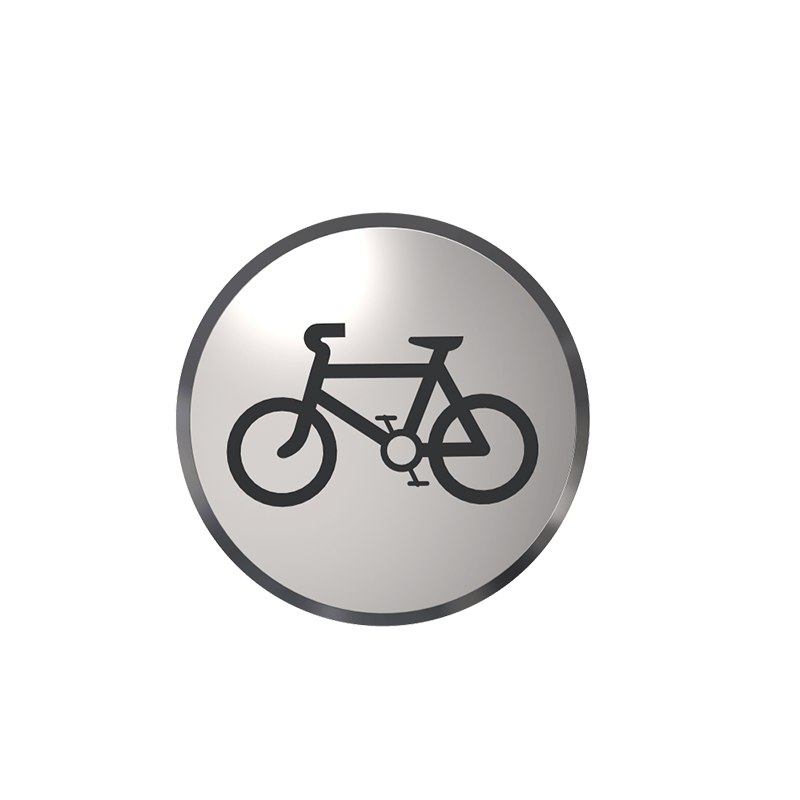Both laser etching and laser engraving are often conflated as they are techniques used to create markings on various materials, but there are substantive differences between both, in process and outcome.
Each technique serves a different purpose and comes with its own advantages and disadvantages, it’s important to consider these when choosing which permanent marking method is for you.
What is laser etching?
Laser etching is the process of focusing a high-intensity beam of energy onto a specific point on a material which is then absorbed, heating up the material and deforming the surface. This heat expands the surface creating raised lines around the area of impact and creating a cavity, while simultaneously changing the colour of the material. Once cooled these markings then become permanent.
Laser etching is most commonly used on metals such as aluminium, stainless steel, zinc and even anodised aluminium. It’s also great with other materials like polymers, ceramics, and glass.
The advantages of laser etching
- Cost-effective – The amount of power needed for the process is relatively low so running costs are cheap.
- Fast process – Laser etching is ideal for mass production as the process takes up half the time of other laser marking processes.
- Accurate – Due to the laser’s concentration the markings are extremely accurate and predictable, making it the ideal solution for small applications.
- Wide material application – It can be used on metals, ceramics, glass, paper, wood, and acrylics.
- Great for materials of all thicknesses – Due to the shallow depth of the etching process and the fact that it’s not subtracting from the surface, this makes it suitable on both thick and extremely thin surfaces.
The disadvantages of laser etching
- Not as durable – The markings created are small protrusions around the impact point with slight cavities in the surface. When faced with wear and tear these protrusions can be worn down over time leaving the cavities behind. Without those protrusions surrounding the cavities, the design of the marking can become less noticeable.
What is laser engraving?
Laser engraving is the process of releasing a large amount of energy, by way of laser, onto a surface and effectively vaporising sections of it to create markings. This process is more akin to a chisel gouging material from a surface. The result of this process is deep, long-lasting markings.
Laser engraving is also most commonly used on metals, specifically stainless steel but can also be used on brass or titanium.
The advantages of laser engraving
- Resilient markings – Due to the depth of the markings and the fact that they’re below the surface level means that they can be subject to much more wear and pressure before any resulting damage.
- Tactile finish – Engraved markings are much more easily discernible by touch owing to the cavities created by the removed materials.
- Efficient process – When compared to CNC engraving machines this is a far less time-consuming and cost-effective process.
The disadvantages of laser engraving
- Limited application – When compared to laser etching there are more limited materials that this process can be used on
- Less effective with thinner surfaces – Due to the gouging effect of the laser, laser engraving is not compatible with very thin surfaces.
- More expensive than laser etching – Laser engraving is usually a more expensive process, owing to the amount of energy used and the fact that it is a somewhat slower process than laser etching.

